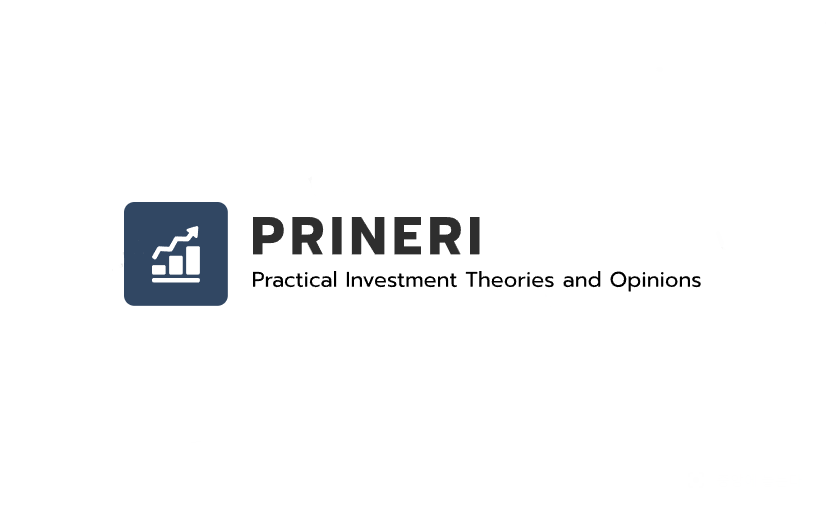The recent developments in Apple’s on-device AI, particularly with the introduction of Apple Intelligence at WWDC 2024, have sparked significant interest and debate within the tech community. Despite initial skepticism, the subsequent rise in Apple’s stock reflects a growing confidence in the company’s AI capabilities. Here, we delve into why Apple’s approach to AI, especially in its new devices, could potentially set it apart from its competitors.
Table of Contents
Apple’s Strategic Hardware Choices
Apple has always taken a unique approach compared to other tech giants, particularly in the realm of AI. While many expected that advanced AI capabilities would necessitate the highest possible processing power, Apple has demonstrated that this is not always the case. For instance, the iPhone 15 Pro and newer MacBook models equipped with the M1 series chips have shown remarkable AI performance despite seemingly modest hardware specifications.
The Role of Neural Engines and DRAM
A key to understanding Apple’s edge lies in its efficient use of Neural Engines. The iPhone 15 Pro, powered by the A17 Pro chip, boasts a Neural Engine capable of 35 trillion operations per second (TOPS), a significant leap from the 17 TOPS in the A16 Bionic. This leap is a clear indicator of Apple’s commitment to enhancing on-device AI capabilities without necessarily increasing the overall hardware footprint drastically.
In analyzing the differences between iPhone models, it’s evident that DRAM plays a crucial role. The standard iPhone 15 models come with 6GB of DRAM, while the Pro models feature 8GB. This extra memory is crucial for running sophisticated AI models, as it provides the necessary bandwidth for more complex computations and efficient multitasking.
AI Model Optimization
One of the standout aspects of Apple’s AI strategy is its focus on optimizing AI models for on-device performance. Instead of relying on massive models that require extensive computational resources, Apple has prioritized the development of lightweight, efficient AI models. These models, often using mixed precision strategies such as 2-bit and 4-bit quantization, ensure that even devices with lower DRAM and Neural Engine capabilities can perform advanced AI tasks effectively.
For instance, Apple’s on-device AI models can handle up to 30 billion parameters while maintaining high performance. This is achieved by leveraging innovative compression techniques that reduce the bit precision, thus lowering the memory footprint without significantly compromising model accuracy.
Comparing with Competitors
When we look at competitors in the AI space, such as those developing for Windows and Android, there’s a noticeable trend towards requiring higher TOPS for similar AI functionalities. For example, AI implementations on Windows typically need around 40 TOPS to run efficiently, which is significantly higher than what Apple’s devices require. This efficiency highlights Apple’s superior optimization and integration of AI within its ecosystem.
Moreover, companies like AMD and Qualcomm have been pushing for higher TOPS to match AI requirements, with figures reaching up to 50 TOPS. However, Apple has managed to achieve competitive, if not superior, AI performance with devices operating at much lower TOPS, thanks to its focused and efficient approach.
Future Prospects
Apple’s on-device AI is not just about current capabilities but also about future potential. With ongoing research into leveraging NAND flash storage for AI model storage, Apple could further reduce the dependency on DRAM. This innovative approach would allow for even larger and more complex models to be run efficiently on their devices.
The company’s strategy of integrating AI functionalities deeply into both hardware and software ecosystems ensures that they can offer a seamless and powerful user experience. By offloading some tasks to cloud-based services with strong encryption, Apple ensures both efficiency and security, a combination that is highly attractive to users.
Conclusion
Apple’s advancements in on-device AI reflect a strategic, forward-thinking approach that combines efficient hardware utilization with advanced model optimization. This not only sets Apple apart from its competitors but also positions it as a potential leader in the AI-driven future. While there is still much to be observed and tested as these technologies roll out, the current trajectory suggests that Apple’s AI innovations will continue to drive significant growth and impact across the tech industry.

